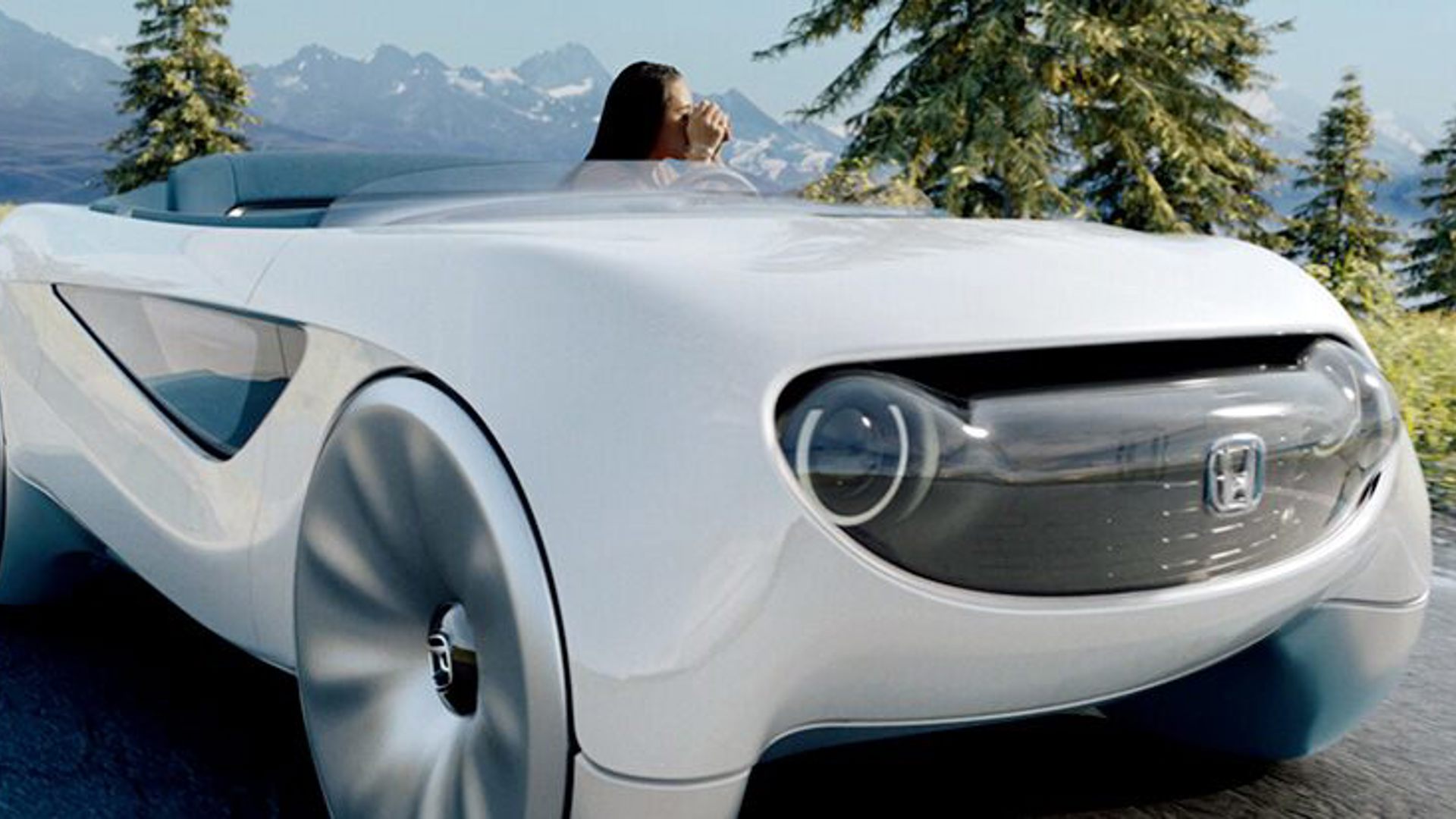The latest autonomous concept from Honda continues the company's run of absolutely adorable retro EV designs. The car, which will be revealed at the Consumer Electronics Show (CES) in Las Vegas in January, looks to reinvent the steering wheel too, as well as change how drivers interface with their cars.
But first, that styling. An autonomous convertible is a great idea because it lets you actually take advantage of all that extra open space around you. With the roof down and the computer at the wheel, you're free to follow the birds flying over you or the sights that you'd normally pass up to make sure you stay on the road. It's also got great big and centre-set headlight eyes; a face much like the Honda e concept that's now headed for production.
But there's more to this than just the cutesy looks. The Augmented Driving Concept is designed to appeal to both drivers who want to drive and those who are more comfortable with the computer taking control.
Honda says it has a seamless transition between autonomous and semi-autonomous driving. It's ready to let you take the wheel, say should you see a particularly appealing set of corners coming up, but it's also constantly ready to take control back from you as needed. Full manual control is available with a switch and there are more than eight modes with varying levels of control sharing.
The steering wheel itself becomes part of the new driving experience. Pat it twice, the car starts. Pull it and the car brakes, push the wheel and it accelerates. At the show, Honda will have a simulator showing how the new concept's controls work.
Honda will also be showing off its latest vehicle to infrastructure tech called Safe Swarm and Smart Intersection. The first shares location and speed so vehicles can avoid collisions and reduce congestion. The latter lets vehicles virtually see around intersections, so that drivers and cars can be alerted of other vehicles and even pedestrians. That info can help reduce collisions at those junctions.

